
Khí nhà máy khí thế hệ thiết bị LGN khí thế hệ thiết bị cho nhà máy sản xuất
8.000,00 US$ - 10.000,00 US$
Min Order: 1 Đơn vị
CNSupplier


Ngân Hàng Tải Điện Trở AC Vĩnh Viễn Để Kiểm Tra Máy Phát Điện Tua Bin Khí
5.000,00 US$ - 10.000,00 US$
Min Order: 1 Đơn vị
CNSupplier


10L 20lpm Máy phát điện Ozone khí oxy thế hệ thiết bị cho nhà hàng trang trại khách sạn với 1-năm bảo hành
498,00 US$ - 1.360,00 US$
Min Order: 1 Bộ
CNSupplier
9 yrs

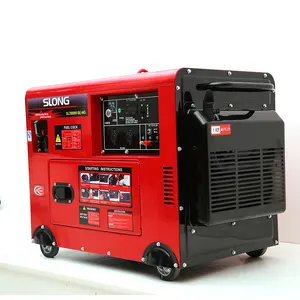
Máy Phát Điện Khí Ga/LPG/Xăng/Xăng/Xăng Siêu Im Lặng Thương Hiệu E-SLONG
560,00 US$ - 900,00 US$
Min Order: 10 Bộ
CNSupplier


Micro-grid 5MW Solar Power Station 3Mw Power Station Solar Generator 5Mwh Ess Container
0,45 US$ - 1,20 US$
Min Order: 1 Watt
CNSupplier

nhà máy điện khí 10mwnhà máy điện khí ở ấn độnhà máy điện khí nhỏnhà máy điện khí để bánnhà máy điện khí bãi rác 1mwnhà máy điện khí tự nhiênnhà máy điện khí sinh họcnhà máy điện khínhà máy điện khínhà máy điện khí mớikhí tự nhiên nhà máy điện để bánnhà máy điện phát điện khínhà máy điện tuabin khí 2nhà máy điện tuabin khísử dụng tuabin khí nhà máy điện

Áp Suất Thấp 5Mw Khí Nhỏ Tua Bin Hơi Nước Nhà Máy Điện Cho Bán
200.000,00 US$ - 2.000.000,00 US$
Min Order: 1 Bộ
CNSupplier
9 yrs
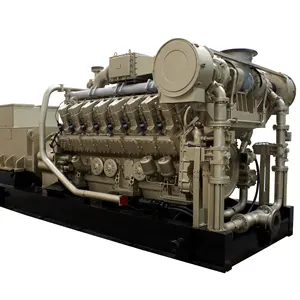
1Mw 2Mw 5MW Chăn Nuôi Trang Trại Động Vật Phân Bón Biogas Nhà Máy Điện
10.000,00 US$ - 310.000,00 US$
Min Order: 1 Bộ
CNSupplier
15 yrs

Trung Quốc Nhà cung cấp nước pelton loại Hydro Máy phát điện tuabin cho 1mW 3mW 5mW nhà máy điện
9.999,00 US$
Min Order: 1 Bộ
CNSupplier
2 yrs

1mW 2mW khối container dầu lĩnh vực khí piston nhà máy điện
3.900,00 US$ - 4.000,00 US$
Min Order: 1 Bộ
CNSupplier

Công nghiệp tự nhiên 500kw 800kw 1000kw 2mW 5mW khí nhà máy điện khí piston đơn vị Máy phát điện
285.000,00 US$
Min Order: 1 Bộ
CNSupplier

Máy Phát Điện Khí Tự Nhiên Hiệu Quả Cao 1200kw, Máy Phát Điện Công Suất Cao, Cho Nhà Máy Điện
7.305,68 US$ - 8.178,00 US$
Min Order: 1 Cái
FRSupplier
3 yrs

Công nghiệp tự nhiên 500kw 800kw 1000kw 2mW 5mW khí nhà máy điện khí piston đơn vị Máy phát điện
240.000,00 US$ - 245.000,00 US$
Min Order: 1 Bộ
CNSupplier
3 yrs

Khí điện máy phát điện nhà máy 1150KW-5mW lng cng Biogas tự nhiên Máy phát điện khí 3mW
10.000,00 US$ - 350.000,00 US$
Min Order: 1 Bộ
CNSupplier
4 yrs
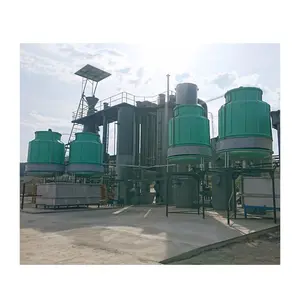
1 mw, 2 mw, 3 mw, 4 mw, 5 mw, 6 MW biomass khí hóa giá nhà máy điện
200.000,00 US$ - 6.000.000,00 US$
Min Order: 1 Bộ
CNSupplier
12 yrs

Dongturbo bảo trì 0.5MW-5mW mini nhà máy điện tua bin hơi nước nhỏ tua bin hơi nước máy bảo trì danh sách kiểm tra
95,00 US$ - 100,00 US$
Min Order: 1 Kilowatt
CNSupplier
11 yrs

1Mw 2Mw 5MW Khí Piston Đơn Vị Nhà Máy Điện
10.000,00 US$ - 310.000,00 US$
Min Order: 1 Bộ
CNSupplier
15 yrs
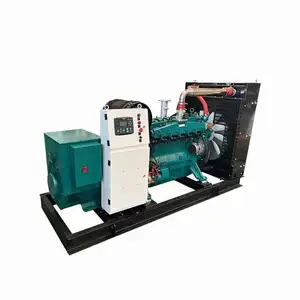
10mW lng cng gas điện nhà máy điện 500KW-2mW Biogas Máy phát điện
3.900,00 US$ - 4.000,00 US$
Min Order: 1 Bộ
CNSupplier

Phổ biến khai thác ngưng tụ hơi nước tuabin 2MW 3mW 5mW genarate điện cho điện Máy phát điện nhà máy
19.999,00 US$
Min Order: 1 Bộ
CNSupplier
2 yrs

Công nghiệp tự nhiên 500kw 800kw 1000kw 2mW 5mW khí nhà máy điện khí piston đơn vị Máy phát điện
85.000,00 US$ - 86.500,00 US$
Min Order: 1 Bộ
CNSupplier
3 yrs

Động Cơ Máy Phát Điện Không Chổi Than 1MW - 5MW Cho Nhà Máy Điện Khí Sinh Học Khí Tự Nhiên
550.000,00 US$ - 560.000,00 US$
Min Order: 1 Bộ
CNSupplier
4 yrs

Dongturbo Nhà Sản Xuất Cho 0.5MW-5MW Mini Nhà Máy Điện Tua Bin Hơi Nước
95,00 US$ - 100,00 US$
Min Order: 1 Kilowatt
CNSupplier
11 yrs
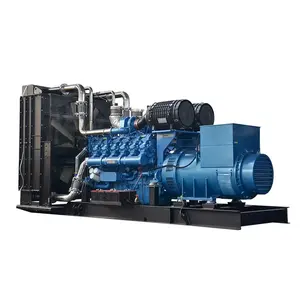

10Mw LNG CNG Gas Nhà Máy Điện 500Kw-2MW Biogas Generator
120.000,00 US$ - 310.000,00 US$
Min Order: 1 Bộ
CNSupplier
15 yrs


3mW 5mW 7mW hiệu quả cao sử dụng công nghiệp khai thác ngưng tụ tuabin hơi cho nhà máy điện chữa cháy
19.999,00 US$
Min Order: 1 Bộ
CNSupplier
2 yrs

Máy phát điện khí đốt tự nhiên Máy phát điện 1mW 2000kva
40.000,00 US$ - 300.000,00 US$
Min Order: 1 Bộ
CNSupplier
4 yrs

1000kw tự nhiên Biogas LPG gas Máy phát điện 1mW 2MW 3mW 5mW
240.000,00 US$ - 245.000,00 US$
Min Order: 1 Bộ
CNSupplier
3 yrs

Wobo 5mW cuộc sống lâu dài rơm khí sinh khối khí hóa nhà máy điện để sử dụng nhà
8.450,00 US$ - 9.250,00 US$
Min Order: 1 Bộ
CNSupplier
1 yrs

Chất lượng tốt bán Hot phụ tùng tuabin hơi nước nhiệt nhà máy điện retrofitting 500mW tuabin tạo ra các đơn vị với giá tốt nhất
199.999,00 US$
Min Order: 1 Bộ
CNSupplier
2 yrs

Nhà Máy Điện Lớn Biogas Tự Nhiên Nhiên Liệu Tuabin Lớn Điện Máy Phát Điện Khí Đốt 1Mw-5Mw
105.000,00 US$ - 110.000,00 US$
Min Order: 1 Bộ
CNSupplier
4 yrs

Thiết Bị Điện Công Nghiệp Thích Hợp Cho Nhà Máy Phát Điện Khí Hydro Năng Lượng Mặt Trời PV/Solar Powered Bởi Điện Phân Nước Kiềm
800.000,00 US$
Min Order: 1 Bộ
CNSupplier
7 yrs

5mW gỗ chip fluidized giường SINH KHỐI gasifer/Gỗ chất thải mùn cưa gasification nhà máy điện thế hệ ở Bulgaria
2.000.000,00 US$
Min Order: 1 Bộ
CNSupplier
17 yrs

Nhà Máy Điện Khí Biogas Khí Đốt Tự Nhiên 1Mw-5Mw Không Chổi Than Phát Điện Máy Phát Điện Động Cơ
4.000,00 US$ - 8.500,00 US$
Min Order: 1 Bộ
CNSupplier
3 yrs

1mW 2mW khối container lĩnh vực dầu khí piston nhà máy điện
3.900,00 US$ - 4.000,00 US$
Min Order: 1 Bộ
CNSupplier

Bán Hot tự động LDR 6kw/12KW hơi nước Powered Máy phát điện giá nhỏ tuabin hơi nước với hiệu quả cao
199.999,00 US$
Min Order: 1 Bộ
CNSupplier
2 yrs

Hiệu quả cao điện nhà máy điện Biogas khí đốt tự nhiên 250KW-2mW Máy phát điện
100.000,00 US$ - 120.000,00 US$
Min Order: 1 Bộ
CNSupplier
4 yrs




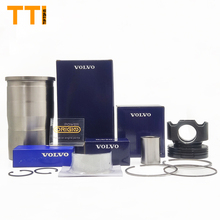
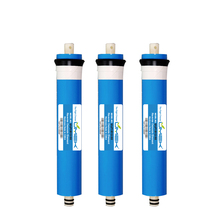

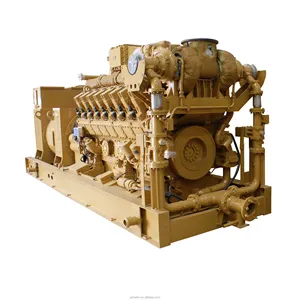













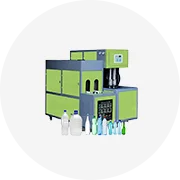



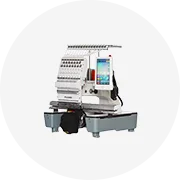









 浙公网安备 33010002000092号
浙公网安备 33010002000092号 浙B2-20120091-4
浙B2-20120091-4